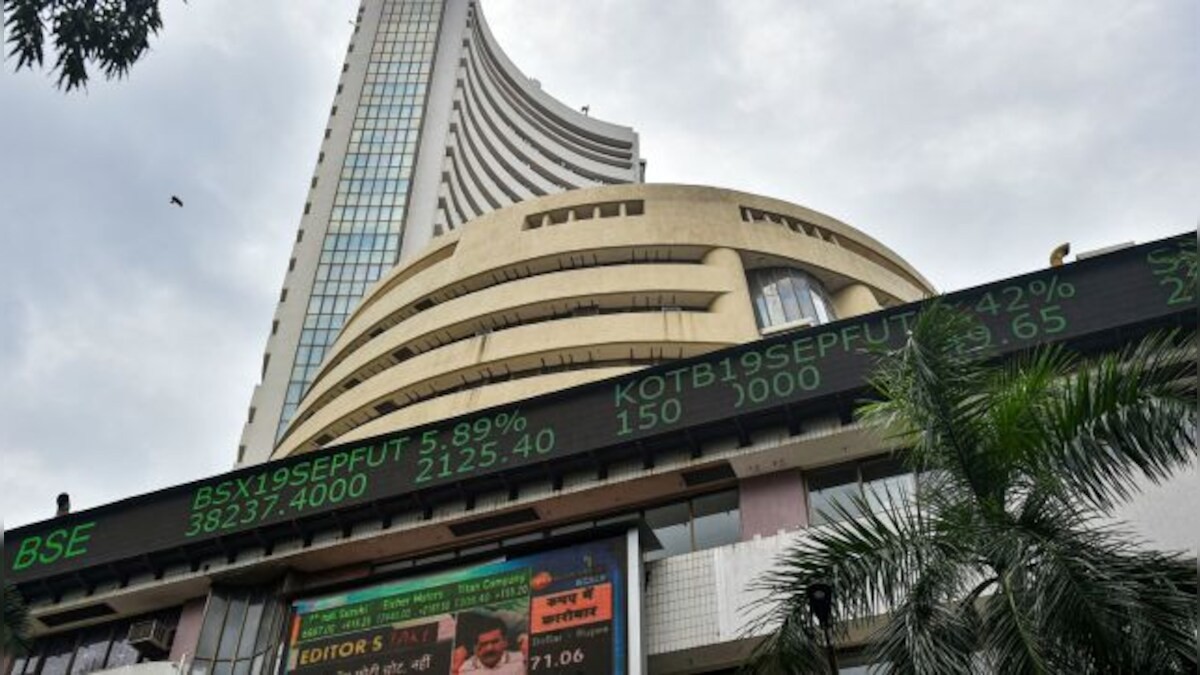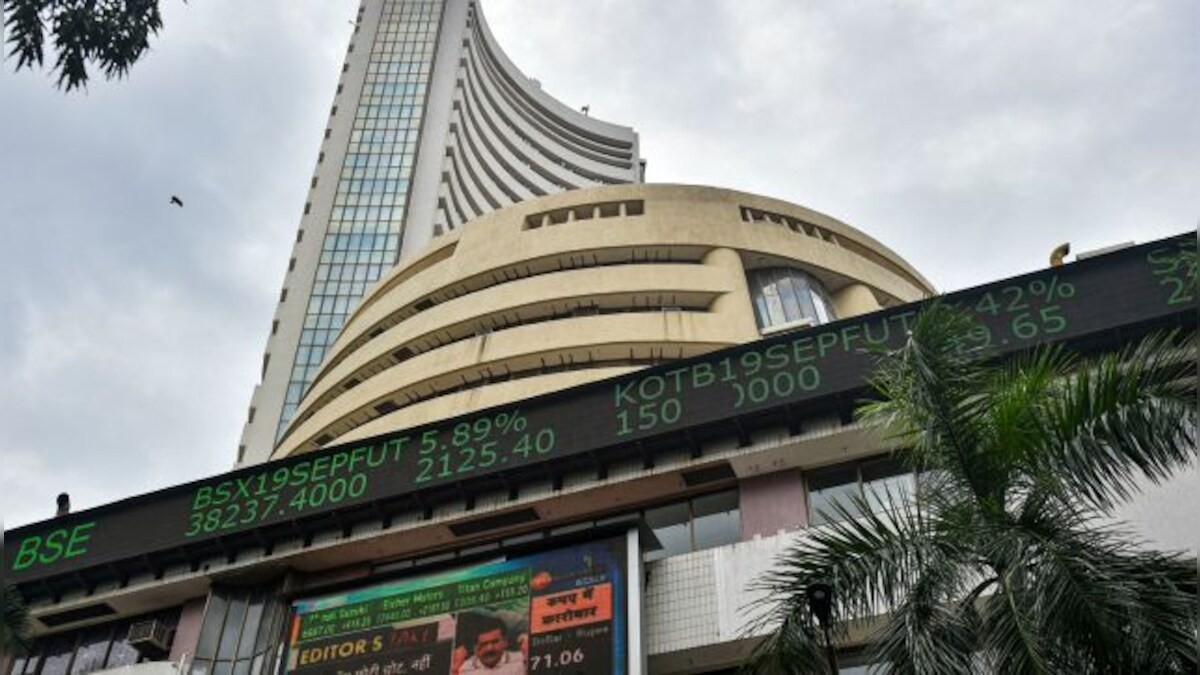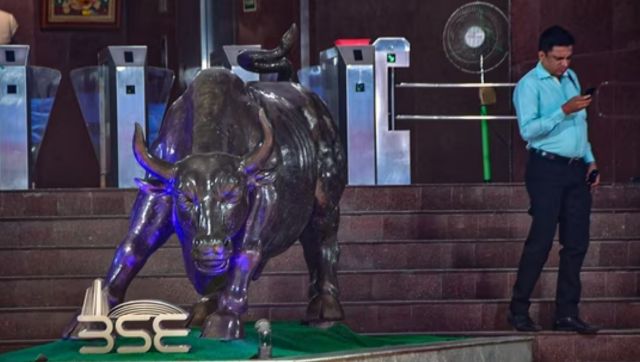The Indian stocks markets have been celebrating for ephemeral reasons.
The Sensex’s high-wire act in recent weeks is more due to the prospect of high liquidity flows from the European Central Bank’s (ECB’s) bond-buying plans and the US Fed’s dalliance with some version of Quantitive Easing (QE-3) than any substantial improvement in corporate or macro fundamentals back home.
In the short- to medium term, the Sensex has more reason to stagnate or fall than rise. As of now, there is more egg on this writer’s face than charcoal on the PM’s, having assumed rather rashly last year that when the rest of the world is declining, India, with its underlying growth impulses, merely has to do some things right to let the economy growing. This was the essential basis of my prediction that the Sensex would rise to 60,000 in five to seven years.
Sure, that kind of timeframe is long enough to get a lot of our policy acts right - and so one need not withdraw it for now - but over the last one year the government has got so many things so completely wrong that even pessimistic projections on India now look hopelessly optimistic.
For example, gone is the 7 percent certainty, where we had assumed that our growth can’t fall below 7 percent, but inflation surely will. Now there are no guarantees. Our growth will be well below 7 percent this year (and probably the next year as well), and inflation well above it. If we are not extremely careful, the only 7 percent rule we will breach is the fiscal deficit. It could cross 6 percent this year, and 7 percent in 2013-14, if that’s an election year with no spending limits.
Gazing into the crystal ball, whether one looks at the best-case scenario or the worst, there is no case for a serious market rally till at least 2015. Consider the possibilities.
Politics: The best case scenario in politics is for the UPA government to fall quickly (or call early elections), so that political clarity emerges by early next year. Without political clarity, it is not possible for business confidence to revive, and corporate investments to resume.
The current political and policy stalemate is why investments are simply not being made. Companies are sitting on cash. No amount of rate-cutting will change this reality.
Without a new mandate, the policy paralysis of UPA-2 will continue till May 2014 - which means the effects of any new policy impetus will not happen till 2015. There is thus no case for stocks to boom this year barring the short-term artificial push given by high liquidity, driven by the ECB and the US Fed. A short-term rally on steroids is possible, but it will peter out by early next year.
With the allies clearly smelling polls - consider what Mulayam Singh, Mamata Banerjee and Mayawati are up to - the Congress cannot really act.
The Congress has to pick one of two bad outcomes - it can act boldly on the economic front and risk the allies pulling it down, or not act at all and let the economy continue to slide. From all accounts, it is the latter option the Congress has chosen.
This means it is the worst case scenario that is more likely: a further drift till 2014, with politically-induced stimulus and populist spending in 2013 compounding the problems. In this case, we can kiss goodbye to good news on the economic front till late 2015-16.
In the best case scenario, a stock rally would depend on what the early election brings - a messy third front, or a stronger opposition-led front with some freedom to act. Policy actions in 2013 can boost the markets right away, and corrective actions taken in 2013 will slow down the economy but deliver better corporate results in 2014-15.
There is a case for a small stock rally in 2013 if polls come early. Or else there is no case at all till 2015-16.
The macroeconomy: The best-case scenario for the macro economy depends on politics, but whatever happens, there is no running away from the pain.
Let’s assume, irrespective of politics, some good things get done. The main challenges are:
- Deregulating energy prices (especially diesel) to cut subsidies - now expected to top Rs 2,00,000 crore. In the short run, this will raise inflation and slow down growth. A year later, it will push up growth and bring down the external deficit and inflation. If this is done now, the economic revival will start in 2013-end or early 2014.
- But the energy issue goes beyond oil. After oil, coal, power and related sectors have to be fixed. Rescuing the coal sector needs policy movement on coal block auctions, easing up on environment concerns, and increasing output. All of this will raise prices.
3) Rescuing power will call for making the state distribution companies viable by raising tariffs, and expanding the fiscal deficit by giving power companies medium-term loans. Either way, this will be inflationary in the first two years.
- The fertiliser and food subsidies have to be kept within the limits specified in the budget. The Food Security Bill can be implemented, but the centre has to do it in a phased manner so that the entire cost does not come upfront. But reform is needed in fertiliser - where too the subsidies are going out of hand.
Sectors like telecom, real estate, transport, mining, aviation, and infrastructure will slow down no matter what the government does. Spectrum charges are rising just when subscriber revenues are stagnant. This means telecom tariffs will have to go up. Ditto for aviation, where fares have gone up and will stay high. As for infrastructure and mining, investments will not speed up without a fall in interest rates and without significant changes in the proposed legislation on land acquisition and mining.
Since the slowdown is for certain, banks will face major capital constraints as bad loans surface in realty, aviation, power, etc. The markets and government will have to find resources to inject equity into state-run banks - or privatise them. But either way, banks will be cautious about easing lending rates too soon. When bad loans are rising, banks will be tempted to earn more by cutting deposit rates and maintaining loan rates.
Now, even in the best case scenario (all of the above), growth is going to slow down and inflation will stay high. In the worst case scenario, none of this may happen and the economy will face indefinite stagflation - slowing growth and obstinate inflation for at least two or three more years.
So here is what the markets are up against.
One, a short-term boost based on liquidity. But this will also boost gold - and maybe gold more than stocks. Gold may thus be a good investment right now.
Two, a medium-term (2-3 years) dip in growth and corporate profitability.
Three, no energetic economic revival till after the next election 2014 - and a real fundamentals-driven rally only after 2015.
Four, a further drop in real estate prices cannot be ruled out since a growth slowdown will make the current high prices of realty unsustainable. A few dramatic real estate failures will impact market sentiment adversely.
Five, investors will flee the safety of fixed deposits and AAA bonds for two more years.
It is difficult to see the logic for a stock market rally (beyond the liquidity argument) right now at least till 2015.


)




)
)
)
)
)
)
)
)